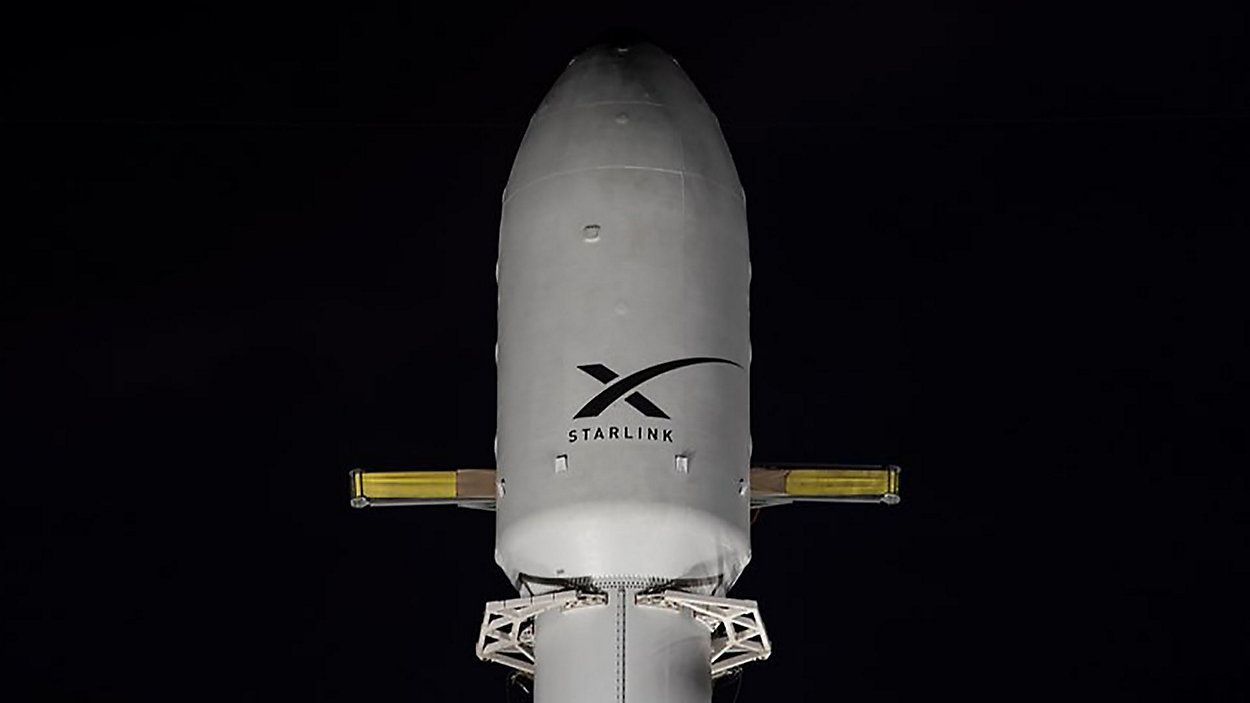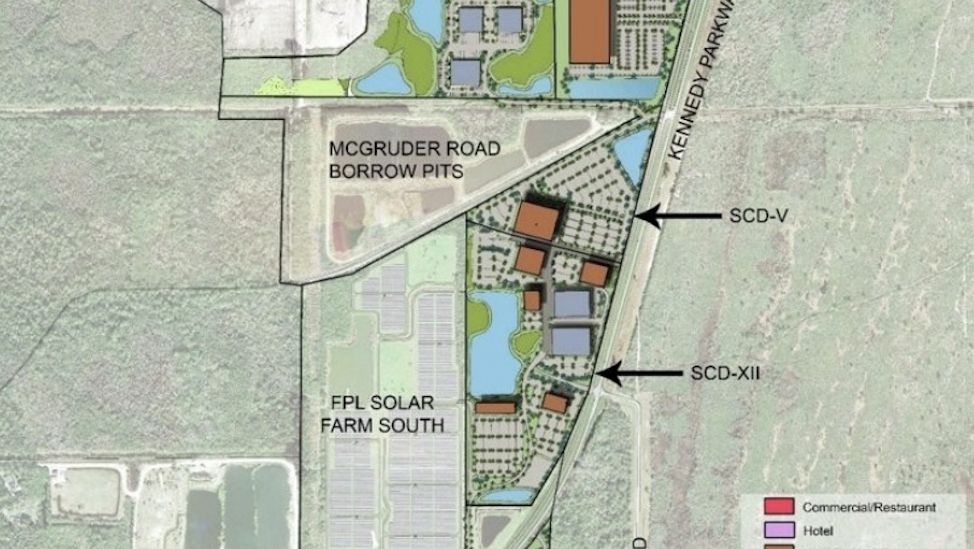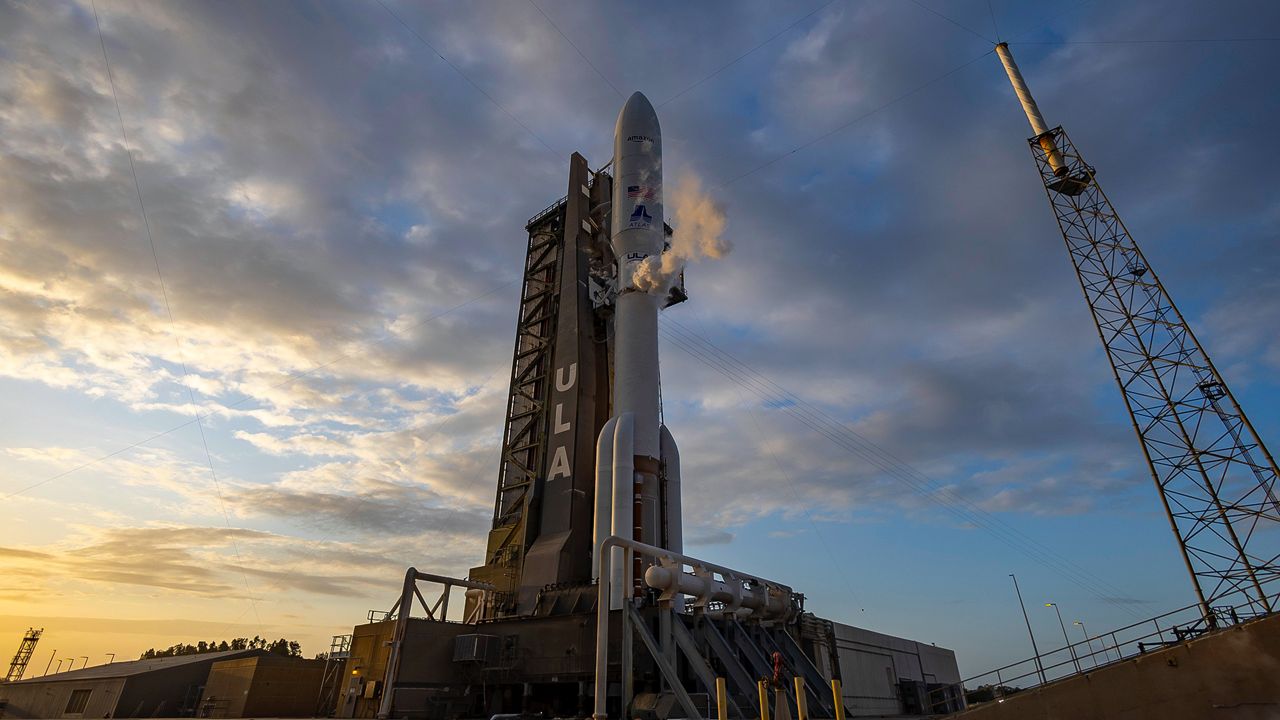CAPE CANAVERAL, Fla. — The SpaceX Crew Dragon has been recovered following a successful splashdown, the first of its kind on Florida's Atlantic Coast in 50 years.
- SpaceX Crew Dragon undocked from ISS at 2:32 a.m. ET Friday
- The splashdown happened at 8:45 a.m. ET Friday, as expected
- Previous splashdown off Florida coast was Apollo 9 in 1969
- WATCH LIVE:
- RELATED:
SPLASHDOWN! 🚀 SpaceX brings Crew Dragon back to Earth 🌎 with historic landing off Florida's Atlantic coast: Full coverage: https://t.co/Cj3I1NkR59 #DestinationSpace pic.twitter.com/q74nROPab8
— Spectrum News 13 (@MyNews13) March 8, 2019
The capsule spent a week at the International Space Station and came back home to Earth on Friday morning, coming down in the Atlantic Ocean, some 230 miles off Florida's East Coast.
A SpaceX boat recovered Crew Dragon within an hour of splashdown, and it should return to Port Canaveral sometime Saturday.
The #CrewDragon completed its Demo-1 flight test this morning. The spacecraft successfully splashed down in the Atlantic Ocean at 8:45 a.m. ET. It has been lifted out of the ocean and is now securely seated in @SpaceX's cradle aboard the Go Searcher Recovery ship. pic.twitter.com/w8nuZZBd1Q
— NASA Commercial Crew (@Commercial_Crew) March 8, 2019
The Crew Dragon launched from Kennedy Space Center on Saturday, and it had a perfect docking at the International Space Station on Sunday. The hatch closing went well Thursday, and the undocking was smooth sailing at 2:32 a.m. ET Friday.
Departure Confirmed! At 2:32am ET, @SpaceX's #CrewDragon spacecraft undocked from the @Space_Station. The spacecraft is slowly maneuvering away from our orbital laboratory into an orbital track that will return it and its cargo safely to Earth. Watch: https://t.co/ZuxLDtzW9c pic.twitter.com/LjSzWjyBOY
— NASA (@NASA) March 8, 2019
With fair winds, and calm seas, Crew Dragon used its four parachutes to splash down in the Atlantic Ocean at 8:45 a.m. Friday.
"I can't believe how well the whole mission has gone. Pretty much on every point it's been nailed," said SpaceX Director of Commercial Crew Mission Management Benji Reed.
Before SpaceX can put humans on board Crew Dragon, it had to prove to NASA that it could safely send the spacecraft to the International Space Station and back down to Earth.
Along for the whole ride was a dummy named Ripley.
"I'm personally very anxious to see how Ripley is feeling after they pull her out of the capsule and onto the recovery vehicle," commented NASA astronaut Mike Hopkins.
Equipped with sensors, Ripley will give NASA astronauts an idea of what to expect when they eventually launch on Crew Dragon.
A recovery boat picked up the spacecraft and now it is on its way to Port Canaveral. It will will be used in one more emergency test — set for this June — to determine if the spacecraft can handle an in-flight abort after launching on a rocket.
After that, NASA could give the go ahead to launching astronauts from Florida's Space Coast once again.
"I don't think we saw really anything in the mission so far, and we've got to do the data reviews. That would preclude us from having the crewed mission later this year," commented Stich.
So later this year we could see the first human launch from Florida since the retirement of the space shuttle eight years ago.
This was an important splashdown and a memorable one as well. Not since Apollo 9 on March 13, 1969 had we seen a spacecraft splash down in the Atlantic Ocean following a mission to space. Most of NASA's missions, and all of SpaceX's Cargo Dragon missions, have splashed down in the Pacific Ocean.
NASA had avoided the Atlantic Ocean because of trajectory of the spacecraft takes it over populated areas. But SpaceX and NASA ran several test models and simulators to make sure Crew Dragon landed at sea.
After its arrival back at port, NASA and SpaceX will review data. The same Crew Dragon capsule will next be used for an in-flight abort test. That will have the capsule launch on a Falcon 9, and then moments after launch, a planned abort will happen to see how the spacecraft can use its thrusters to safely decouple from the rocket.
Then, if that test is successful, Demonstration Flight 2 is set for July, for which NASA astronauts Bob Behnken and Doug Hurley have been training for a historic manned mission.









